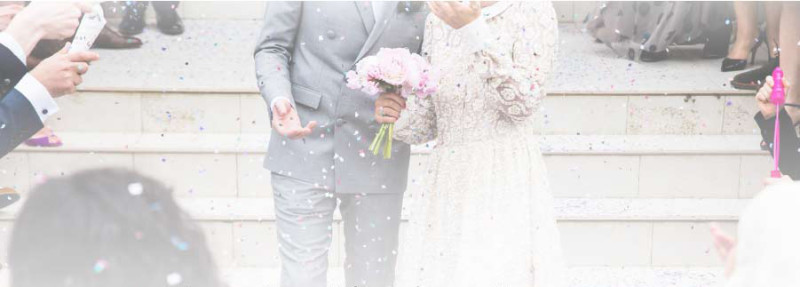The jewelry world has exploded with options in recent years. While classic metals like yellow gold and platinum continue to dominate the upper end of the price spectrum, affordable styles have emerged that use alternative metals. Titanium wedding rings, tungsten, cobalt, and other types have really taken off in the last decade or so.
Shopping for your first ring is a daunting task—especially if it’s a wedding band or an engagement ring. You don’t need this stress in your life! The big life change you’ve planned is enough. Luckily, it’s actually pretty easy to figure out what kind of ring you want. We put together this handy infographic to help you understand the differences between alternative metal wedding rings—and how these rings differ from traditional materials like gold.
Let’s dive in!
Takeaways
No particular metal is better or worse than any other. Each metal offers something unique to the wearer. For someone who loves tradition and has money to spend, gold and platinum will undoubtedly reign. For those who love avant garde style and alternative culture, titanium and tungsten offer fresh, cutting-edge looks and styles to match.
Can you remove a tungsten or titanium ring in an emergency?
Yes! It’s a common misconception that alternative metals, particularly titanium, tungsten, and cobalt cannot be removed in an emergency. This is entirely false. There are several non-invasive techniques that you can try at home to get a ring off. If that fails, there are dedicated ring cutters that will do the job. If you don’t want to invest in a ring cutter, most hospital emergency rooms will have the specialized equipment required to remove these kinds of rings.
Check out our article on removing titanium and tungsten rings for more information.
Which rings are the most durable?
There are two dimensions to this question: scratch resistance, and shattering resistance. As the infographic shows, there isn’t a single metal that is highly resistant to both scratching and shattering. Rather, each metal offers its own strengths and weaknesses.
However, titanium offers a fantastic combination of high shattering resistance, moderate scratch resistance, and low weight. Though titanium can scratch more than tungsten, for example, it’s not as brittle. And titanium can be buffed out again if it gets overly scratched. But since titanium is harder than gold, the scratches are never as deep as what you find on a gold ring. That means that less material is buffed off when a titanium ring is polished. In other words, a titanium ring can be polished many more times than a gold ring without starting to lose its essential profile.
Aren’t alternative metals toxic?
No! This is a common urban myth. The ONLY toxic metal you may hear of is pure cobalt. HOWEVER, pure cobalt is NEVER used for jewelry. Every “cobalt ring” you find will be made of a cobalt alloy. These metals are nontoxic.
Gold, titanium, tungsten alloys, palladium, and platinum are all nontoxic as well. So choose the alternative metal ring of your dreams! You have nothing to worry about.
The Bottom Line
Whether you want to stick with tradition or break out and start your own trend, there are numerous ring styles in numerous metals to satisfy any taste. We recommend starting with titanium rings and seeing where your jewelry adventure takes you.
Shop now! By clicking the link
1-513-520-0527
sales@titaniumstyle.com
Sources:
https://en.wikipedia.org/wiki/Titanium
https://en.wikipedia.org/wiki/Gold

